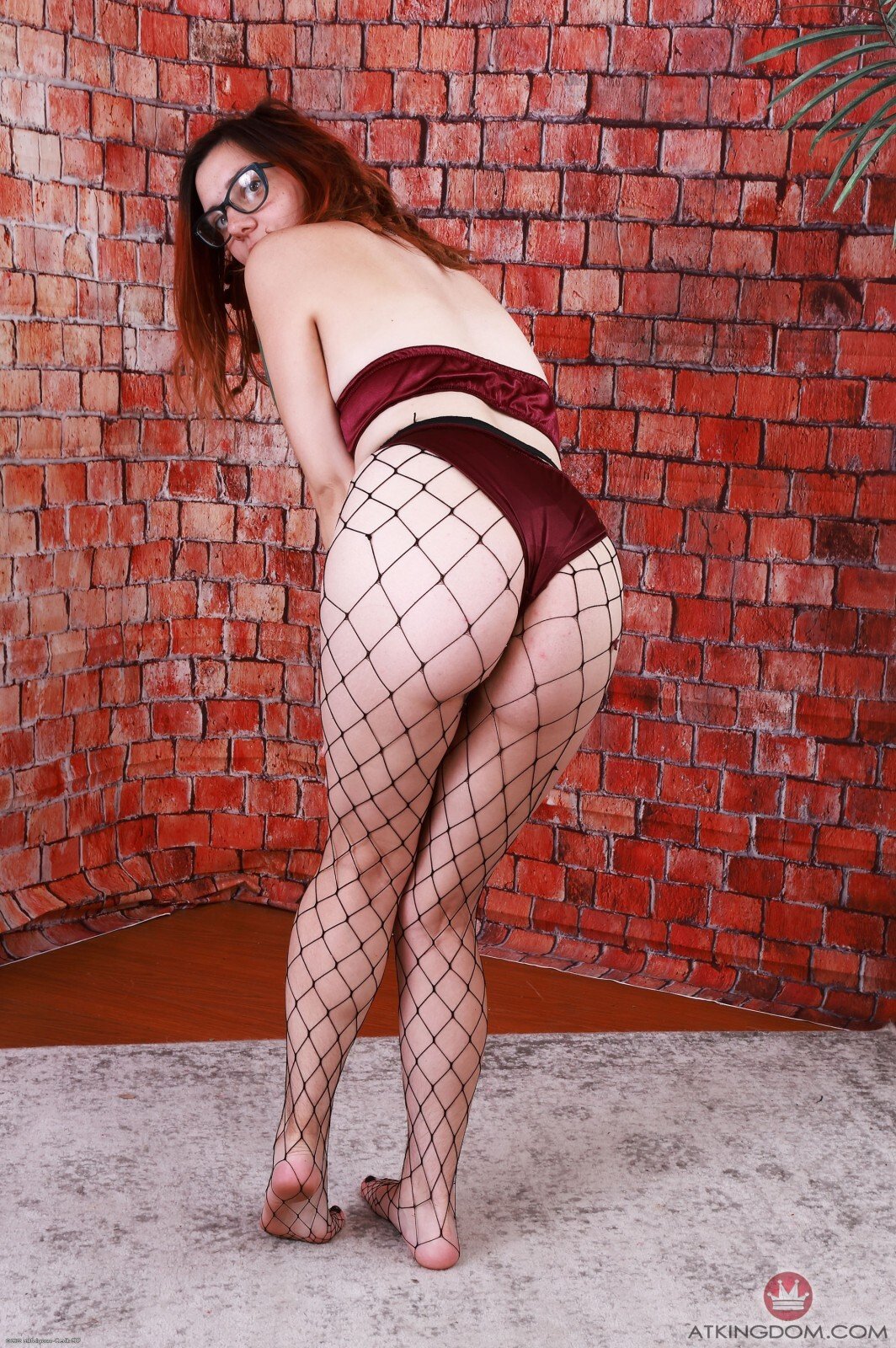Erotic literature has been a part of human culture for centuries, from the ancient Greek texts of Sappho to the steamy romance novels of today. Also known as “erotica,” this genre of literature is intended to arouse and stimulate its readers through the depiction of sexual encounters and desires. But what is it about erotic literature that has captivated readers for so long, and how has it evolved over time?
At its core, erotic literature is about exploring the complexities of human desire and sexuality. It allows readers to delve into their own fantasies and desires in a safe and consensual way, providing a release for those looking to explore their sexuality in a private and intimate setting. Erotic literature can also serve as a means of education, teaching readers about different sexual practices and providing a space for readers to learn about their own bodies and desires.
One of the earliest examples of erotic literature is the ancient Greek text “The Art of Love” by Ovid. This poem, written in the first century AD, offers advice on how to win the affections of a lover, with explicit descriptions of sexual acts and techniques. In more recent centuries, erotic literature has taken the form of novels, with works such as “Fanny Hill” by John Cleland and “Lady Chatterley’s Lover” by D.H. Lawrence pushing the boundaries of what was considered acceptable in literature.
Today, erotic literature is more accessible than ever before, with the rise of self-publishing platforms and e-books making it easy for anyone to publish and distribute their own erotic stories. The internet has also provided a platform for online communities dedicated to the discussion and sharing of erotic literature, allowing readers to connect with like-minded individuals and explore their desires together.
However, the rise of erotic literature has not been without controversy. Some argue that the genre objectifies women and reinforces harmful stereotypes about sexuality. Others argue that it can be used as a tool for education and empowerment, providing a safe space for individuals to explore their desires and learn about sexual health and consent.
In order to navigate these complexities, it is important to approach erotic literature with a critical eye. This means considering the context in which the work was written, as well as the intentions of the author. It also means being mindful of one’s own boundaries and desires, and only engaging with material that is consensual and respectful.
In conclusion, erotic literature has a long and complex history, with the genre evolving and adapting to the cultural and social contexts of its time. Whether it is used as a means of education, exploration, or release, erotic erotic videos literature has the power to captivate and arouse its readers in a unique and intimate way. As with any form of media, it is important to approach erotic literature with a critical and mindful perspective, in order to fully understand and appreciate its impact on our lives and desires.




